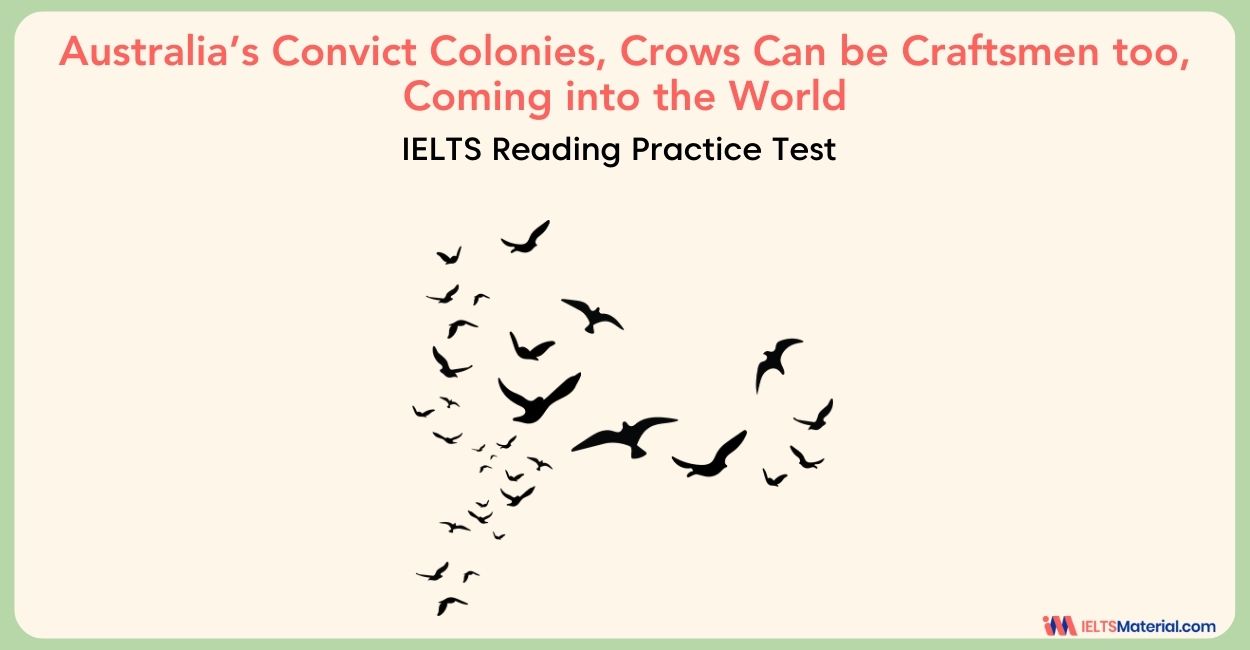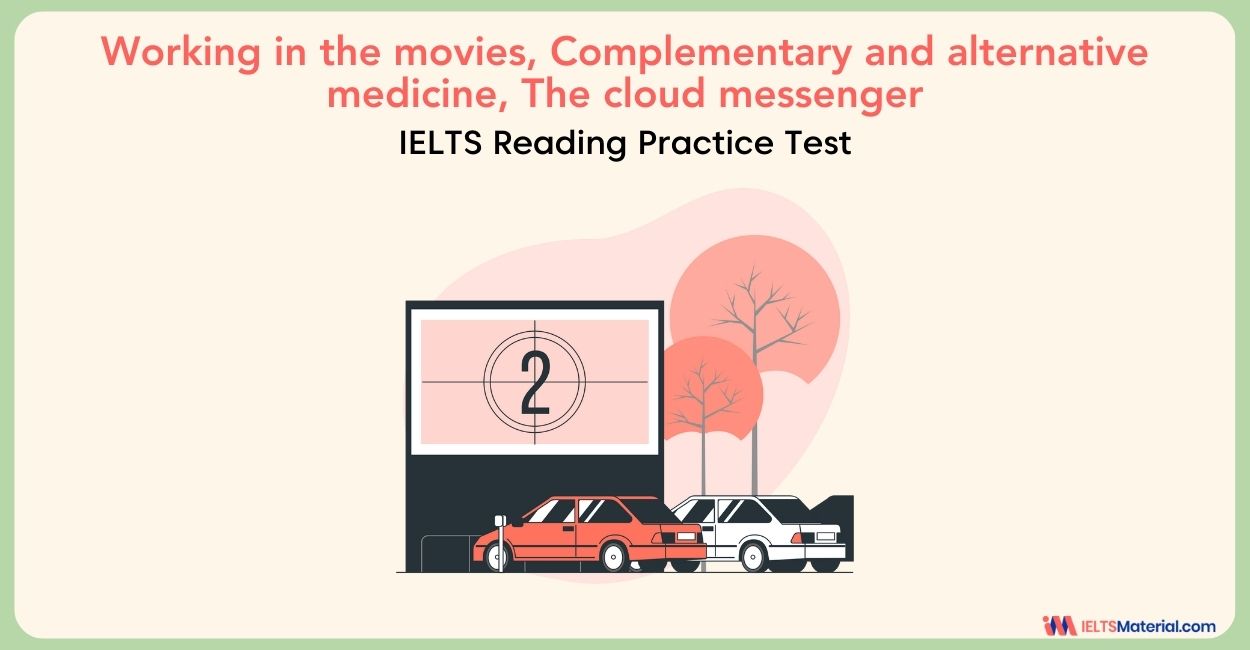Anesthesiology IELTS Reading Answers
5 min read
Updated On
-
Copy link
Table of Contents
Limited-Time Offer : Access a FREE 10-Day IELTS Study Plan!
With diligent practice, the Reading Module can be the top-scoring category for IELTS Aspirants. To score well, you must understand how to approach and answer the different question types in the Reading Module. Anesthesiology is a real Reading test passage that appeared in the IELTS.
By solving and reviewing Sample Reading Questions from past IELTS papers, you can ensure that your Reading skills are up to the mark. Take the practice test Anesthesiology below and try more IELTS reading practice tests from IELTSMaterial.com.
Not sure how to answer IELTS Reading Matching Information questions? Check out the video below for the latest tips and strategies!
For more Matching Information Questions practice, take a look at Matching Information IELTS Reading!
The question types found in this passage are:
True/False/Not Given
The True/False/Not Given types of questions are prevalent in the IELTS reading test, which are similar to the Yes/No/Not Given type of questions. The true/false/not given type of questions requires the test-taker to check whether a given statement stands confirmed by facts/information in the reading passage or if the statement stands contradicted or if the statement is neither contradicted nor confirmed in the reading passage. Thus, the test-taker should thoroughly scan the passage and answer the questions. If the assertion agrees with the facts, write True; if it disagrees with the facts, write False; and if it neither agrees with nor contradicts the information in the passage, write Not Given.
Matching Information
The matching information type of questions in the IELTS reading test requires the test-taker to match the statement with information/ facts presented in the reading text. These statements could be reasons, descriptions, summaries, definitions, facts or explanations that would be specified in the reading passage. Thus, the test-taker should possess strong paraphrasing skills to understand the information in the statement and match information accordingly.
Anesthesiology
You should spend about 20 minutes on Questions 1-12, which are based on the Reading Passage below. Find the practice test with the Anesthesiology PDF here.
Answers for Anesthesiology Reading Passage with Location and Explanations
Check out the answer key for this IELTS Reading passage, The California Gold Rush, with detailed explanations for each of them.
1 Answer: False
Question type: True/False/ Not Given
Answer location: Paragraph A
Answer explanation: We find references in paragraph A, where it is mentioned that between 40 and 60 AD, Discorides traveled with the Roman armies, and wrote the Roman armies book, De materia medica, which was written in five volumes and translated into at least seven languages. It was the primary reference source for physicians for over 16 centuries. Thus, the book, De materia medica was a key reference source for physicians till the 16th century. As a result, the statement contradicts the information, so, the answer is False.
2 Answer: True
Question type: True/ False/ Not Given
Answer location: Paragraph B, Line 3
Answer explanation: We understand from the 3rd line of paragraph B, that the Mandragora also known as the mandrabe plant was one of the first plants to be used as an anesthesic. Thus, the statement agrees with the information in the text, so, the answer is True.
3 Answer: True
Question type: True/ False/ Not Given
Answer location: Paragraph C, Line 5
Answer explanation: The 5th line of paragraph C illustrates that inhaling nitrous oxide caused a strange euphoria, followed by fits of laughter, tears, and sometimes unconsciousness. Therefore, the statement agrees with the information in the text, so, the answer is True.
4 Answer: Not Given
Question type: True/ False/ Not Given
Answer location: Paragraph C, line 6
Answer explanation: We find reference to the dentist in 6th line of paragraph C, where it is mentioned that US dentist Horace Wells, was the first to experiment with laughing gas. He used it to relieve pain during a tooth extraction. In the same paragraph of the 15th line, we understand that a tumor was successfully removed from man’s jaw while he was anesthetized with Mortan’s machine in 1846. But, there’s no exact reference for the statement (most dentists used anaesthesia in the second half of 9th century) in the reading passage. Thus, the answer is Not Given.
5 Answer: True
Question type: True/ False/ Not Given
Answer location: Paragraph E, line 9
Answer explanation: We understand from the 9th line of paragraph E that it takes over eight years of schooling and four years of residency, altogether 12 years of education and training to become a qualified Anesthesiologist to practice in the United States. Thus, the statement agrees with the information in the paragraph. So, the answer is True.
6 Answer: False
Question type: True/False/ Not Given
Answer location: Paragraph F, line 1
Answer explanation: The introductory line of paragraph F illustrates that the number of Anesthesiologists in the US has more than doubled since the 1970s. Thus, the statement contradicts the information in the passage, so, the answer is False.
7 Answer: D
Question type: Matching Information
Answer location: Paragraph D, line 4
Answer explanation: We understand from the fourth line of paragraph D, that Dr Simpson sprinkled chloroform on a handkerchief and allowed laboring women to inhale the fumes at their own discretion. Thus, it is evident that chloroform is used by sprinkling on a handkerchief. So, the answer is D.
8 Answer: B
Question type: Matching Information
Answer location: Paragraph E, line 15
Answer explanation: The fifteenth line of paragraph E states that local anesthetic was used only at the affected site, which caused a loss of sensation. These lines clearly indicate that local anesthetics were used on only one specific part of the body. So, the answer is B.
9 Answer: H
Question type: Matching Information
Answer location: Paragraph B, line 12 – 13
Answer explanation: We find reference in the twelfth line of paragraph B, which states that the safest time to uproot a mandrabe was in the moonlight, and the best animal to use was a balck dog, to which Dioscorides suggested in his manual that boiling the mandrabe root with wine and having a man drink the potion to remove sensation before cutting his flesh or burning his skin. Thus, these lines clearly indicate that Mandrabe was used by boiling with wine. So, the answer is H.
10 Answer: F
Question type: Matching Information
Answer location: Paragraph C, line 8
Answer explanation: Paragraph C illustrates the introduction of Nitrous Oxide. We understand from the eighth line that US dentist, Horace Wells, was the first to experiment with laughing gas (Nitrous oxide), which he used to relieve pain during tooth extraction. It is clear that Nitrous Oxide was first used during a dental procedure. Thus, the answer is F.
11 Answer: C
Question type: Matching Information
Answer location: Paragraph E, line 16
Answer explanation: We understand from the 16th line of paragraph E, that regional anesthesic was used to block the sensation and possibly the movement of a larger portion of the body. These lines illustrate that regional anesthetic was used to stop feeling over a larger area of the body. So, the answer is C.
12 Answer: E
Question type: Matching Information
Answer location: Paragraph C, line 10 – 11
Answer explanation: We understand from the 10th line of paragraph C that Morton created the first anesthesic machine, an apparatus that was a simple glass globe containing an ether-soaked sponge. Morton considered ether as a good alternative to Nitrous oxide because the numbing effect lasted considerably longer. These lines specify that ether was used in the first anesthesic machine. So, the answer is E.
Check More IELTS Reading Answers
Also check :
Practice IELTS Reading based on question types
Start Preparing for IELTS: Get Your 10-Day Study Plan Today!
Explore other Reading Practice Tests

Courtney Miller

Recent Articles

Kasturika Samanta

Kasturika Samanta

Janice Thompson






Post your Comments